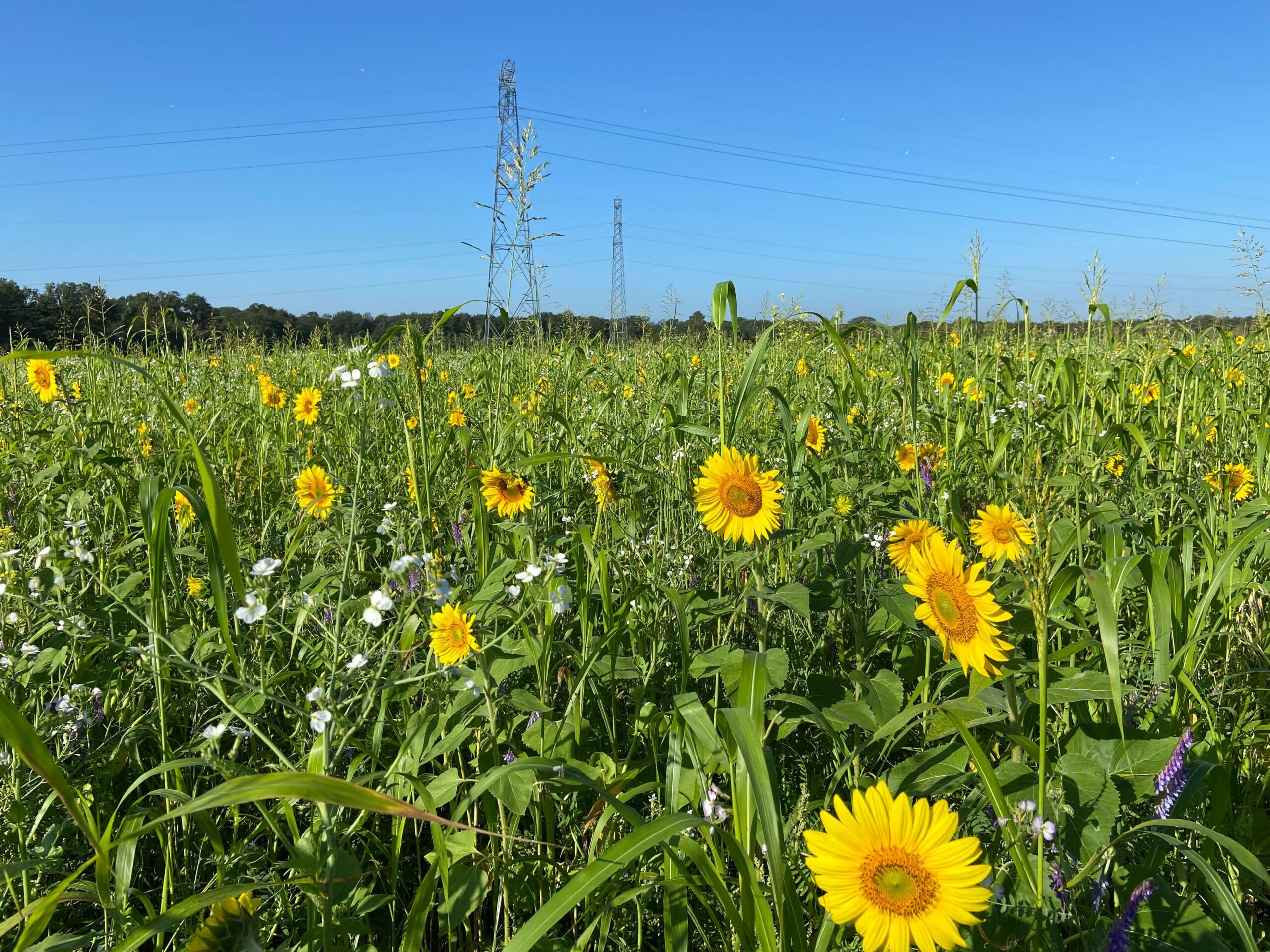
Not sure what to plant this summer? Try these four staples for a diverse and robust mix.
Cover crops come in all shapes and sizes, each with a unique contribution to soil health, livestock nutrition, erosion control, etc. With many long, hot days ahead of us, the summer is the ideal time to grow tremendous cover crops. With so many species to choose from, a summer cover crop can be fun to create, but perhaps a bit overwhelming when first getting started. So, let’s talk about diversity and how to get the most out of a simple mix.
One of the key principles of soil health is to maximize diversity. Sometimes that looks like cocktail blends featuring 15+ different species but that may not always be the wisest choice. If you’re wanting to start out with a simpler mix but don’t want to sacrifice on diversity, Dr. Christine Jones recommends starting with (at minimum) four different plant families to get the most benefit for the soil microbiome and plant health.
We’ve compiled a list of the top four cover species from different functional groups that people are using during the summer. If you’re feeling overwhelmed by options, this is a good place to start.
Sorghum – Poaceae
In general, sorghum products can be split into two categories; forage sorghum and sorghum sudan. Forage sorghum is commonly used for single cutting, high tonnage livestock feed or in stockpile grazing mixes. Sorghum sudan is great for multi-cut or multi-graze situations. Either way, sorghum products have the potential to create more biomass during the summer than any other warm season grass. Not all sorghum products are created equal as they offer many traits that can be mixed and matched. Look for BMR (brown mid-rib) products if you are feeding livestock. PPS (photoperiod sensitive) products work great for long-season situations. If you’re trying to avoid volunteer sorghum use a MS (male sterile) variety. Even if you’re not sure which sorghum product to pick, our expert sales team can help you out!
Cowpeas – Fabaceae
This heat loving, drought tolerant warm season legume makes it the perfect option for summer mixes. The protein content makes it a great addition to grazing mixes. The N-fixing potential offers a huge opportunity in a post-wheat or pre-corn mix. Cowpeas thrive in sandy loam soil, but can grow in a wide variety of soil types.
Buckwheat – Polygonaceae
Buckwheat is known for its soil health benefits and is used in almost all our pre-made mixes. The only drawback to buckwheat is its ability to reseed itself very quickly. Note that buckwheat can produce viable seed within about 45 days of planting, so volunteer plants can become an issue.
Sunflower – Asteraceae
With its deep taproot and extensive root system, sunflower is renowned for its ability to scavenge nutrients and host mycorrhizal fungi. Its brightly colored flower attracts pollinators and beneficial insects that are often found in following crops. Because sunflowers can produce significant biomass in just a short growing season, they can also serve as additional forage or silage for livestock feed.
All four of these products hail from different plant families, poaceae, fabaceae, polygonaceae and asteraceae families. This diversity in species from just four plants will provide excellent variation in root exudates, root structures and nutritional components will help to build soil, break compaction, and provide nutrition for the whole ecosystem.
Build and Customize
While a simple mix is a great place to start, the benefits certainly compound as you add more species and plant families. If you’re looking for a super diverse, custom mix, reach out today and we’ll be happy to help you design the perfect blend that’s right for you!
